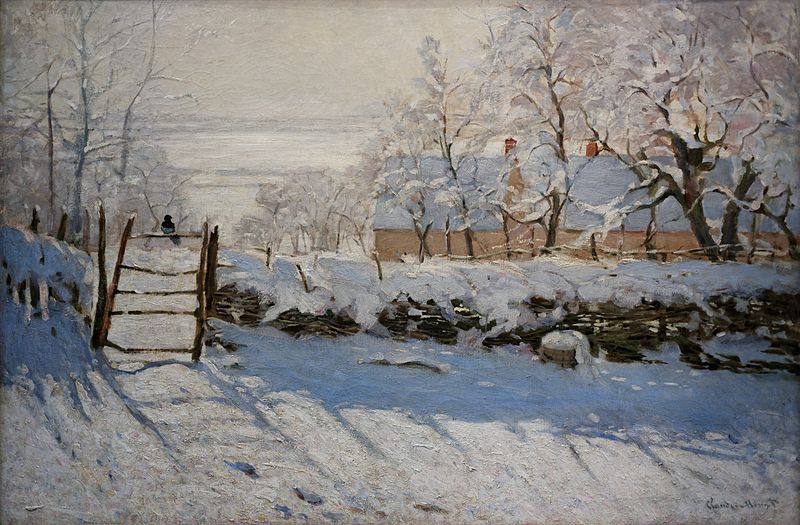I was reading recently, or should I say yet again, about the death of street photography. This time the culprit is the cell phone, and the suggestion that people have, via their cell phone use, abstracted themselves from the world and instead of offering up interesting activities and gestures provide only a blank disconnected stare. Hmm! Well, I think that this is a bit overstated. I did an informal survey on my way back from lunch and encountered fourteen people on the street of which only two were on the phone. That’s about 14 % and seems about right.* So yes, people do abstractly bump into you on the street, and yes, when I was at the Harvard Coop yesterday I did encounter a young woman with earphones, who was seemingly conversing with herself – but it’s hardly an epidemic. I will have to apply the same survey technique to drivers. Judging from the number of people who drive into buildings these days, this may be more widespread.
Maybe the problem is that you cannot tell the crazies from the connected. You used to stay clear of people talking to themselves on public street and subways. But young couples still kiss on the street. I say with confidence that kissing, and associated activities, will forever be more enjoyable than talking on the cell phone. Children still dance gleefully in puddles. And old people still walk hand-in-hand.
There is enough activity on the street to nurture the Cartier-Bresson in all of us. You need to develop both his mindset and skills. It’s not fair to evoke the limits of a post-9/11 world as an excuse for your own tenerity. Perhaps the cell phone users are there to present a photographic challenge for us. And of course, the cell phone increases the probability that something photograph worthy will not go unsnapped. At the same time it normalizes the act of taking pictures on the street, which should increase not decrease one’s ability to take street photographs.
*Note added in proof – I repeated this informal study this morning during my commute and found only 3 out of 67 people were on the phone. That’s a mere 4%, and it included a lot of college age and young people. I could however, have easily done a street photography essay on dog owners and their homemade pooper scooper techniques.

